10 ferramentas para criar um ambiente de trabalho colaborativo remotamente
Descubra 10 ferramentas que ajudarão sua empresa a facilitar um ambiente de trabalho remoto tranquilo e a aumentar a produtividade e a colaboração de sua equipe.

✅ Free meeting recording & transcription
💬 Automated sharing of insights to other tools.

Você sabe que mais do que 40% dos trabalhadores acreditam que são altamente produtivos quando trabalham remotamente?
Embora esse seja um ponto positivo para as empresas, o principal desafio que surge no trabalho remoto é a colaboração.
Após a covid, as empresas continuam com a tendência de mudar para o trabalho remoto, principalmente por uma questão de custo-benefício. Isso resulta significativamente na necessidade de criar um ambiente de trabalho colaborativo remotamente.
A necessidade de ferramentas para facilitar o trabalho remoto sem problemas cresceu aos trancos e barrancos. Ferramentas eficazes facilitam o bom funcionamento, a compreensão adequada, comunicação eficaze colaboração.
Neste artigo, discutiremos o importante papel dessas ferramentas na construção de um ambiente de trabalho colaborativo remoto e 9 ferramentas principais que ajudarão os gerentes.
Papel das ferramentas na construção de um ambiente de trabalho colaborativo

Antes de entrar nos detalhes essenciais das várias ferramentas necessárias para criar um espaço de trabalho colaborativo, vamos primeiro entender a necessidade dessas ferramentas para um trabalho remoto contínuo.
- Comunicação e colaboração
A principal necessidade de uma ferramenta em um ambiente remoto é iniciar colaboração eficaz e comunicação rápida para o funcionamento perfeito das equipes.
Com uma ferramenta eficaz, os membros da equipe podem discutir novas ideias com facilidade e transmitir informações entre a equipe com facilidade.
- Elimina atrasos
As ferramentas remotas fornecem aos membros da equipe notificações e lembretes abundantes, o que garante um gerenciamento eficiente dos prazos.
Eles podem discutir e se comunicar em tempo real com os membros da equipe. Além disso, eles estão cientes da aproximação das datas de vencimento e tomam as providências necessárias para concluir a tarefa a tempo.
- Relatórios avançados
Acompanhar o progresso e monitorar os relatórios é essencial para garantir que os trabalhadores remotos estejam trabalhando em todo o seu potencial.
Os relatórios oportunos ajudam você a fornecer feedback contínuo, garantindo a conclusão oportuna dos projetos.
- Planejamento e previsão
Quando se trata de trabalho remoto, o planejamento e a previsão são os principais recursos necessários para uma progressão suave do projeto e a conclusão oportuna do projeto sem atrasos.
A previsão ajuda você a economizar recursos e até mesmo a distribuir a carga de trabalho, enquanto o planejamento é necessário para uma progressão perfeita das tarefas.
9 ferramentas para criar um espaço de trabalho remoto colaborativo
Agora que sabemos a necessidade e a importância de ferramentas remotas, não mudemos nosso foco para algumas das principais ferramentas que serão de grande importância na criação de um espaço de trabalho remoto colaborativo.
1. Zoom para videoconferência

Reuniões regulares da equipe também são necessárias para espaços de trabalho remotos. Além disso, no ambiente de trabalho remoto, a videoconferência se torna necessária para estabelecer um forte vínculo de equipe.
Zoom é de longe a ferramenta de videoconferência mais usada. A principal razão para a utilização máxima dessa ferramenta é sua simples aplicabilidade.
A interface do usuário é simples e a ferramenta também oferece aos usuários a capacidade de ocultar ou personalizar esse plano de fundo. Isso ajuda a minimizar as distrações e ajuda na conduzindo reuniões produtivas.
2. Slack para bate-papo e mensagens

Embora a videoconferência seja necessária, os bate-papos e as mensagens ajudam a transmitir rapidamente informações importantes e a resolver dúvidas simples.
Slack é a ferramenta mais eficiente para conversas e mensagens rápidas entre os membros da equipe. Os membros da sua equipe podem criar canais separados para várias discussões de projetos diferentes. Isso garante que toda a sua equipe esteja na mesma página e, assim, tenha a capacidade de tomar decisões rápidas baseadas em dados.
Além disso, você pode compartilhar documentos e arquivos de projetos com os membros da sua equipe usando o Slack.
3. MeetGeek para melhorar a produtividade das reuniões

A videoconferência desempenha um papel importante no espaço de trabalho remoto, mas com o tamanho crescente da equipe e o complexo fluxo de trabalho do projeto, é necessária uma solução de gerenciamento de reuniões. Produtividade de reuniões as ferramentas garantem que você possa realizar videoconferências que forneçam valor real aos usuários.
Conheça o Geek é uma ferramenta de gerenciamento de reuniões e produtividade de inteligência artificial que funciona em conjunto com o Zoom, o Google Meet e o Microsoft Teams.
A principal vantagem da ferramenta é que você pode gravar, transcrever e compartilhar notas de reuniões automaticamente. Isso significa que os membros da sua equipe podem se concentrar na reunião e não se preocupar com a notas de reunião, acompanhamentos e envio de resumos de chamadas para outras ferramentas.
Além disso, o MeetGeek documenta e armazena reuniões anteriores. Isso significa que você pode verificar os fatos e tomar decisões com confiança.
4. ProofHub para gerenciamento de projetos tudo-em-um

O trabalho remoto exige a necessidade de um painel centralizado para planejar, programar e monitorar a progressão do projeto. Isso é necessário para garantir um controle completo e efetivo sobre os membros da sua equipe.
ProofHub é uma ferramenta completa de gerenciamento de projetos e colaboração em equipe para criar espaços de trabalho eficazes para que os membros da equipe trabalhem com eficiência.
Com o ProofHub, você pode criar fluxos de trabalho personalizados para diferentes projetos. Isso ajuda os membros da sua equipe a trabalhar com facilidade e atingir as metas do projeto com facilidade. O bate-papo integrado e os poderosos recursos de colaboração, como discussões, notas e comentários com @mention, garantem que os membros da equipe estejam sempre na mesma página.
Além disso, você pode gerar relatórios personalizados para analisar o desempenho e a produtividade dos membros da sua equipe. Isso ajuda você a identificar áreas de melhoria e praticamente melhorá-las em projetos futuros.
5. Google Workspace para compartilhamento e armazenamento de arquivos

Ao criar um ambiente colaborativo, é essencial ter um repositório centralizado para armazenar arquivos e garantir acesso igual a todos os membros da equipe.
Documentos do Google serve para esse propósito servindo como biblioteca central para sua organização. Vários membros da equipe podem trabalhar no mesmo documento simultaneamente, garantindo assim uma colaboração eficaz. Você pode integrar seu Google Workspace com o ProofHub para criar uma experiência de trabalho verdadeiramente perfeita.
6. AnyDesk para compartilhamento de tela e controle remoto

Embora o compartilhamento de tela seja parte da videoconferência, o controle remoto desempenha um papel importante no trabalho remoto. Isso é necessário para resolver problemas técnicos ou para manter um controle efetivo sobre os membros da sua equipe.
AnyDesk é a ferramenta mais conhecida e amplamente usada para controle remoto e compartilhamento de tela. Essa ferramenta é executada em várias plataformas e oferece aos usuários a capacidade de acessar dispositivos remotos com apenas um ID de acesso.
A ferramenta é útil tanto para sessões colaborativas de brainstorming quanto para apresentar ideias inovadoras para coletar feedback em tempo real.
7. Canva para quadros brancos on-line

Os quadros brancos on-line têm o propósito de compartilhar ideias e inovações com processos visuais fáceis de descrever. Colaboração eficiente e grande espaço na tela são as principais funcionalidades que vêm com os quadros brancos on-line.
Canva fornece um quadro branco personalizável que pode servir ao propósito de uma tela em branco. Você pode usar essa plataforma de forma eficaz discutindo ideias inovadoras e planejando atividades com facilidade.
Além disso, você pode obter uma biblioteca completa de modelos e designs junto com sua assinatura do Canva. Então, junto com os quadros brancos on-line, o Canva também resolve sua necessidade de um espaço de design colaborativo!
8. QuestionPro para pesquisas e feedback

Ao trabalhar em um ambiente remoto, torna-se necessário ter uma compreensão completa das intenções e dos padrões comportamentais dos membros da sua equipe. Pesquisas oportunas e processos contínuos de feedback ajudam a manter um entusiasmo consistente em sua equipe.
QuestionPro fornece enquetes on-line, curiosidades e outras pesquisas que ajudam a criar um ambiente de trabalho transparente. Com a capacidade de criar enquetes ao vivo, você pode interagir com os membros da sua equipe e até mesmo com os clientes em tempo real.
Isso ajuda você a entender a intenção geral dos membros da sua equipe, ajudando você a tomar as ações corretivas necessárias sempre que necessário.
9. Ferramenta de segurança e autenticação ManageEngine

A principal preocupação que surge no trabalho remoto é a segurança e a privacidade dos arquivos e documentos do projeto. Para garantir o acesso seguro aos arquivos do projeto, os espaços de trabalho remotos usam várias ferramentas de segurança e autenticação.
Certos espaços de trabalho até monitoram os funcionários de forma transparente ou furtiva, dependendo da natureza do projeto e da confidencialidade de vários arquivos.
Gerenciar motor O ADSelfService Plus vem da Zoho Corporation e fornece aos usuários acesso simples e seguro a dispositivos e locais de armazenamento em nuvem. Essa ferramenta é famosa principalmente pela facilidade de configuração e pelo ponto único de acesso para acessar os arquivos e documentos necessários do projeto.
Com configuração rápida e usabilidade simples, essa ferramenta é amplamente adequada para dispositivos em locais não técnicos, como saúde, finanças e setores governamentais.
Conclusão
Construir um espaço de trabalho remoto eficiente e colaborativo é necessário para o bom funcionamento de várias atividades de negócios. À medida que a tendência de mudança para o trabalho remoto continua, a necessidade de ferramentas avançadas de colaboração remota e produtividade está aumentando exponencialmente.
Essas ferramentas básicas listadas neste artigo ajudarão você no processo de criação de um espaço de trabalho colaborativo para seus funcionários remotos. Com os avanços tecnológicos, é aconselhável atualizar seu ambiente de trabalho com as últimas novidades ferramentas para maior eficiência e produtividade dos membros da sua equipe.
.avif)




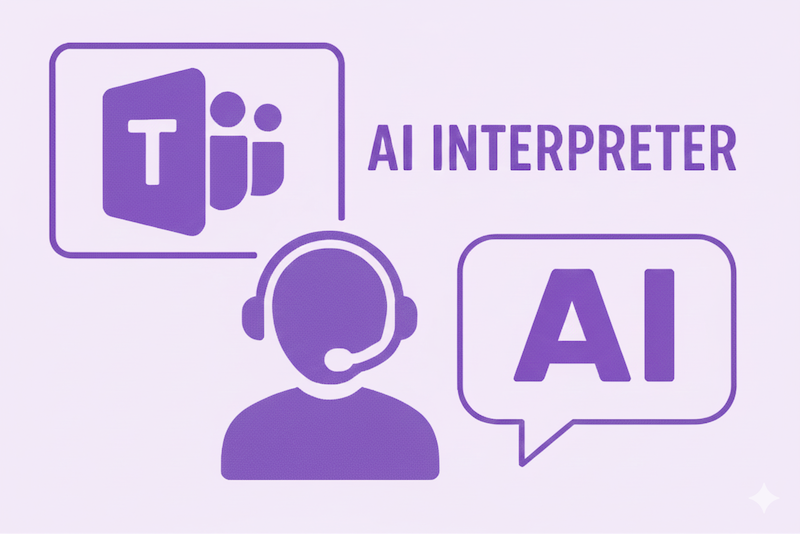




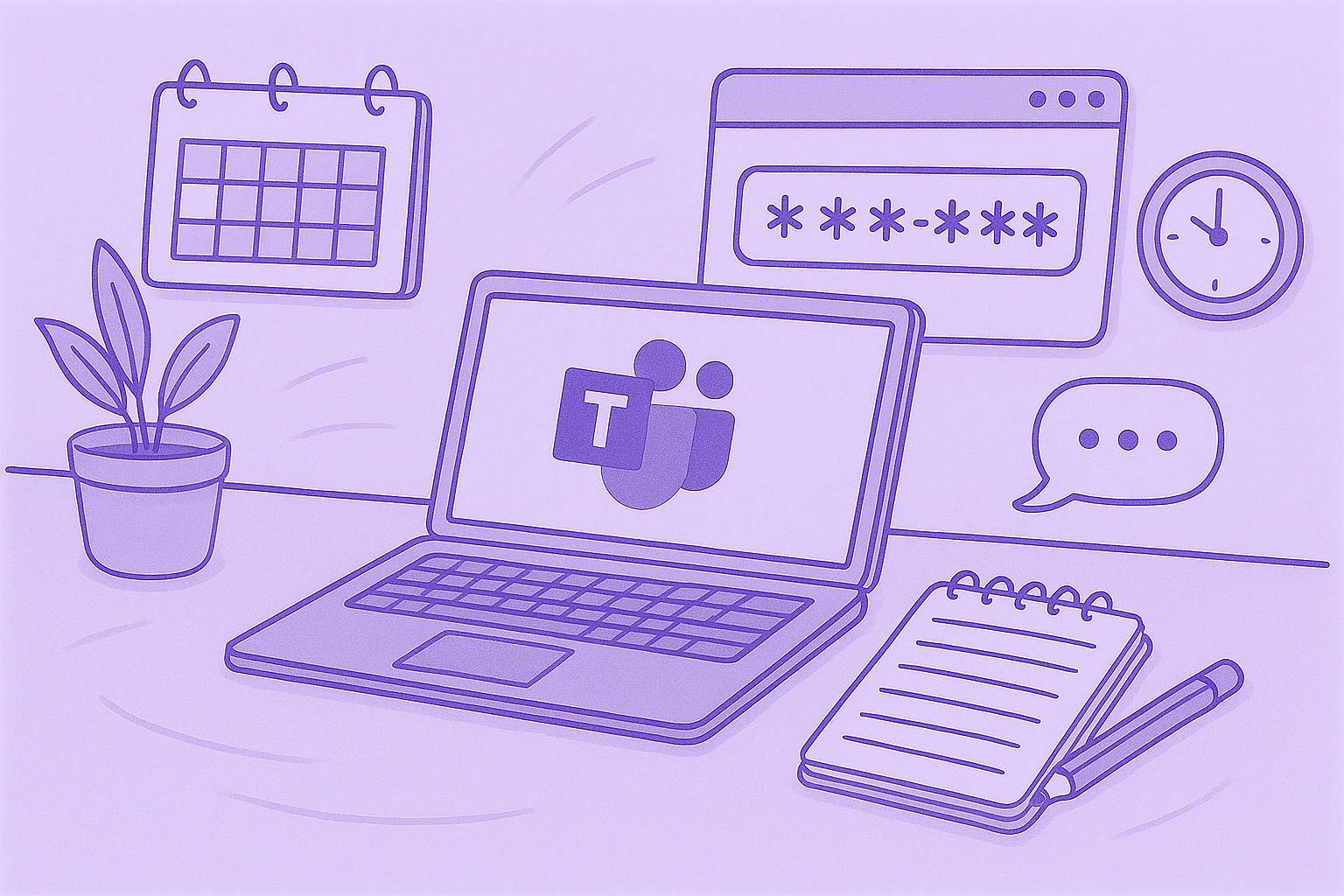

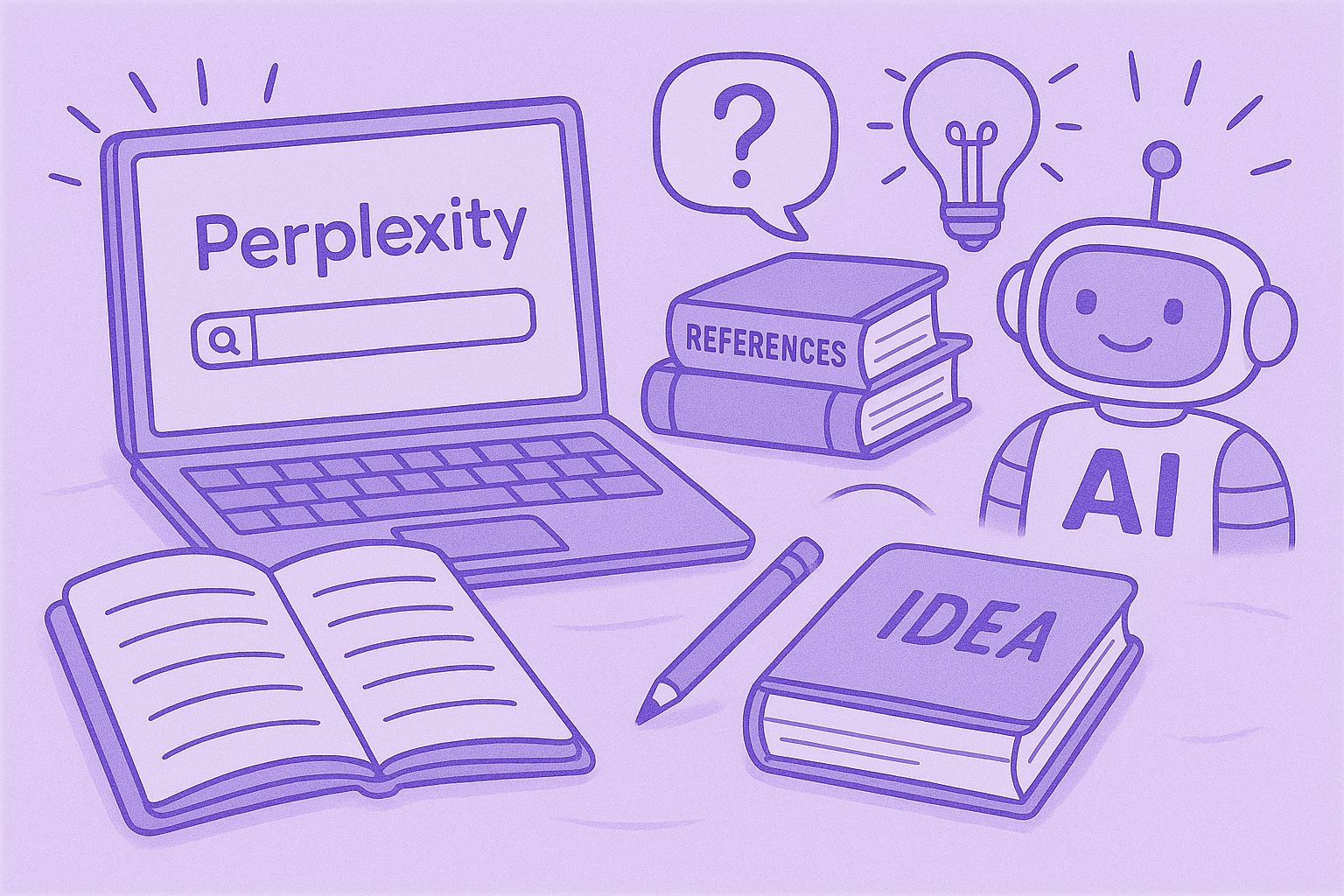


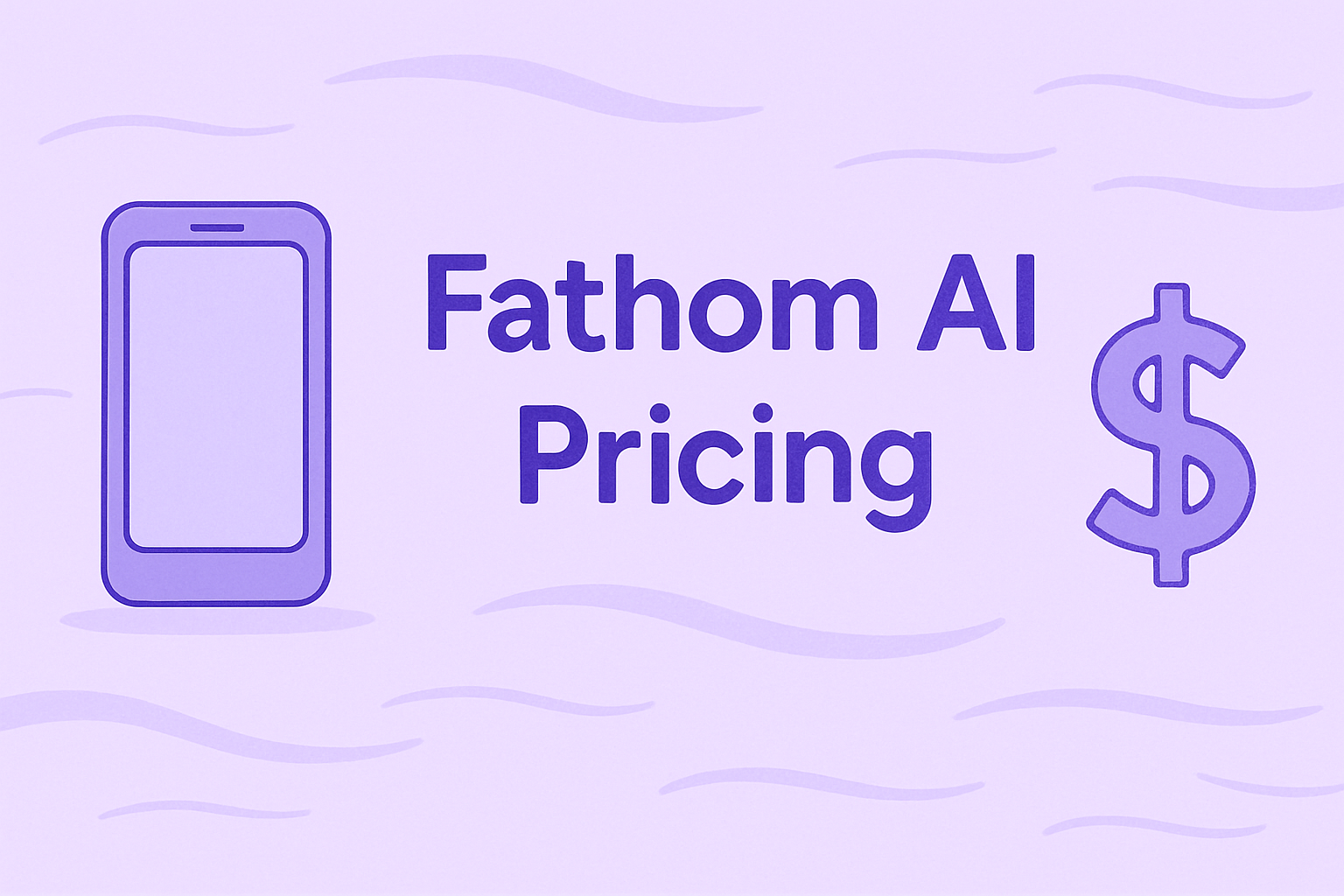










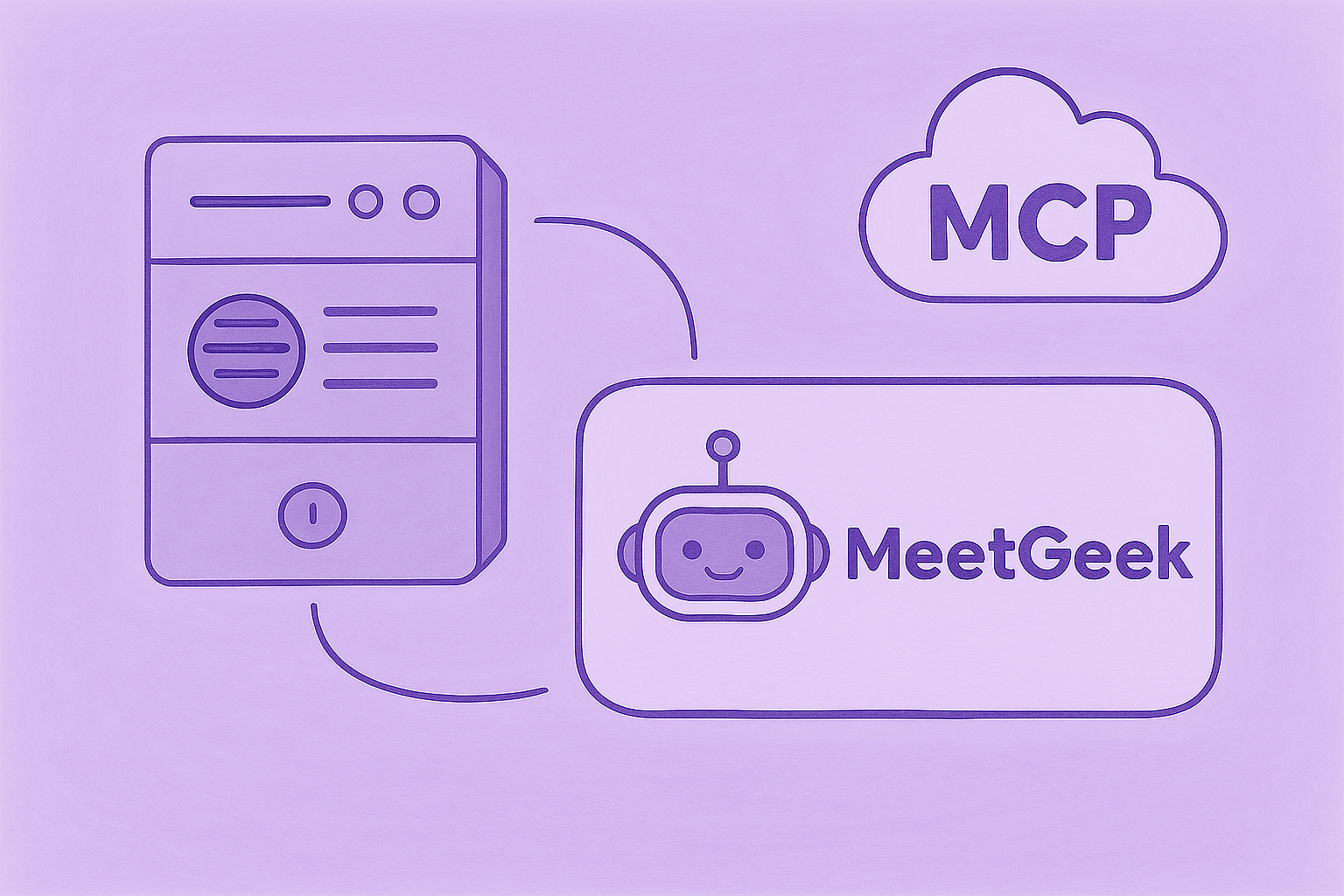


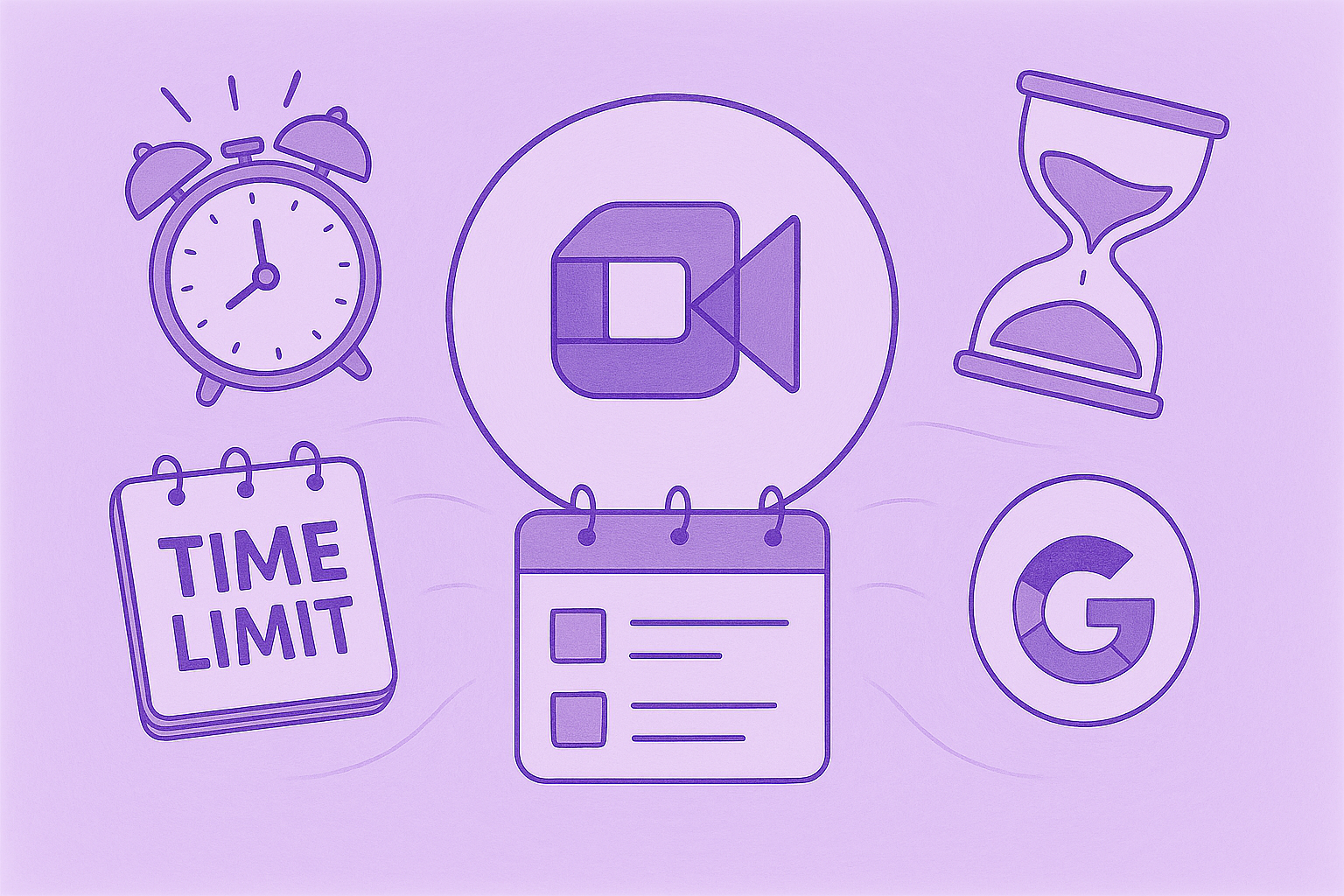

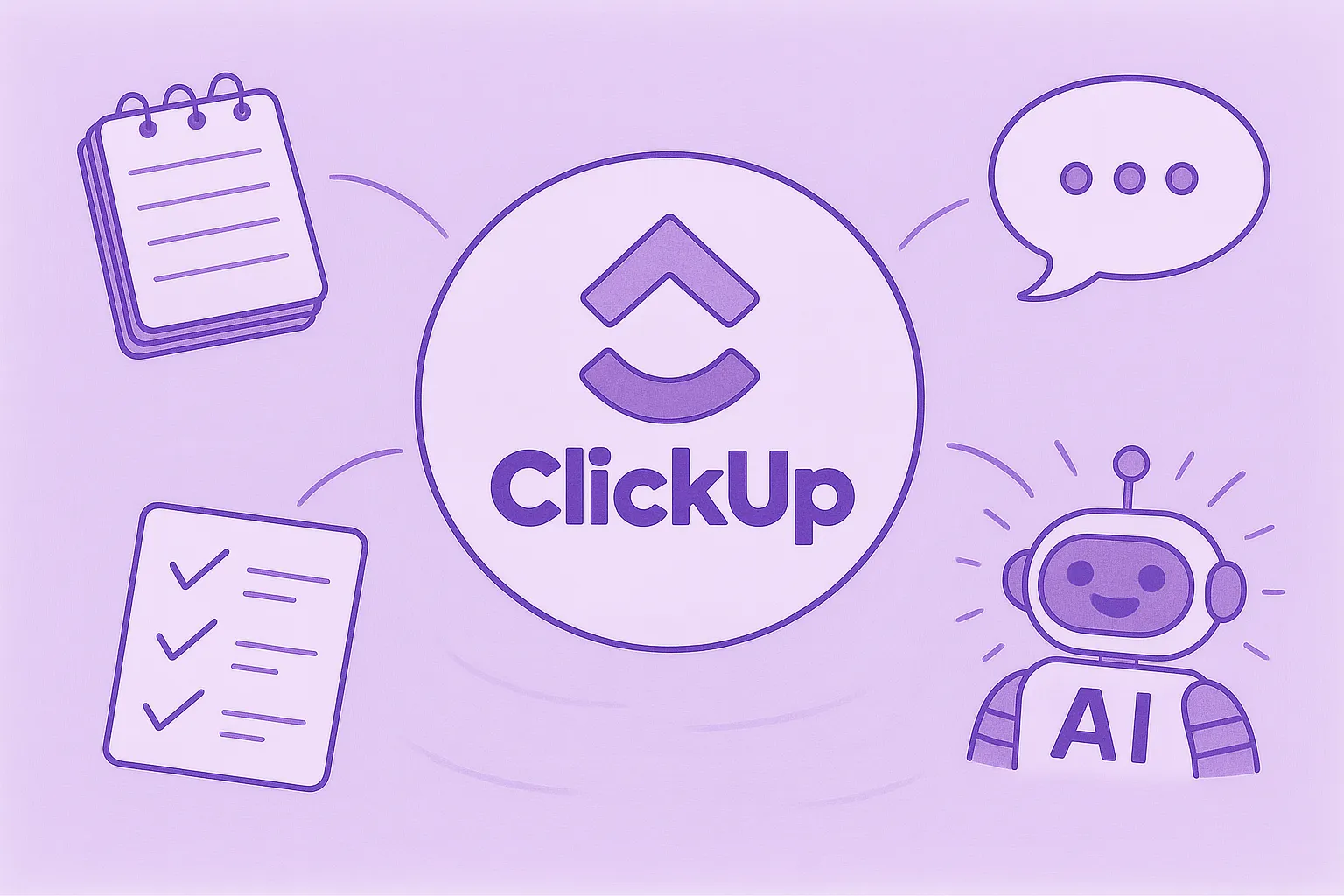
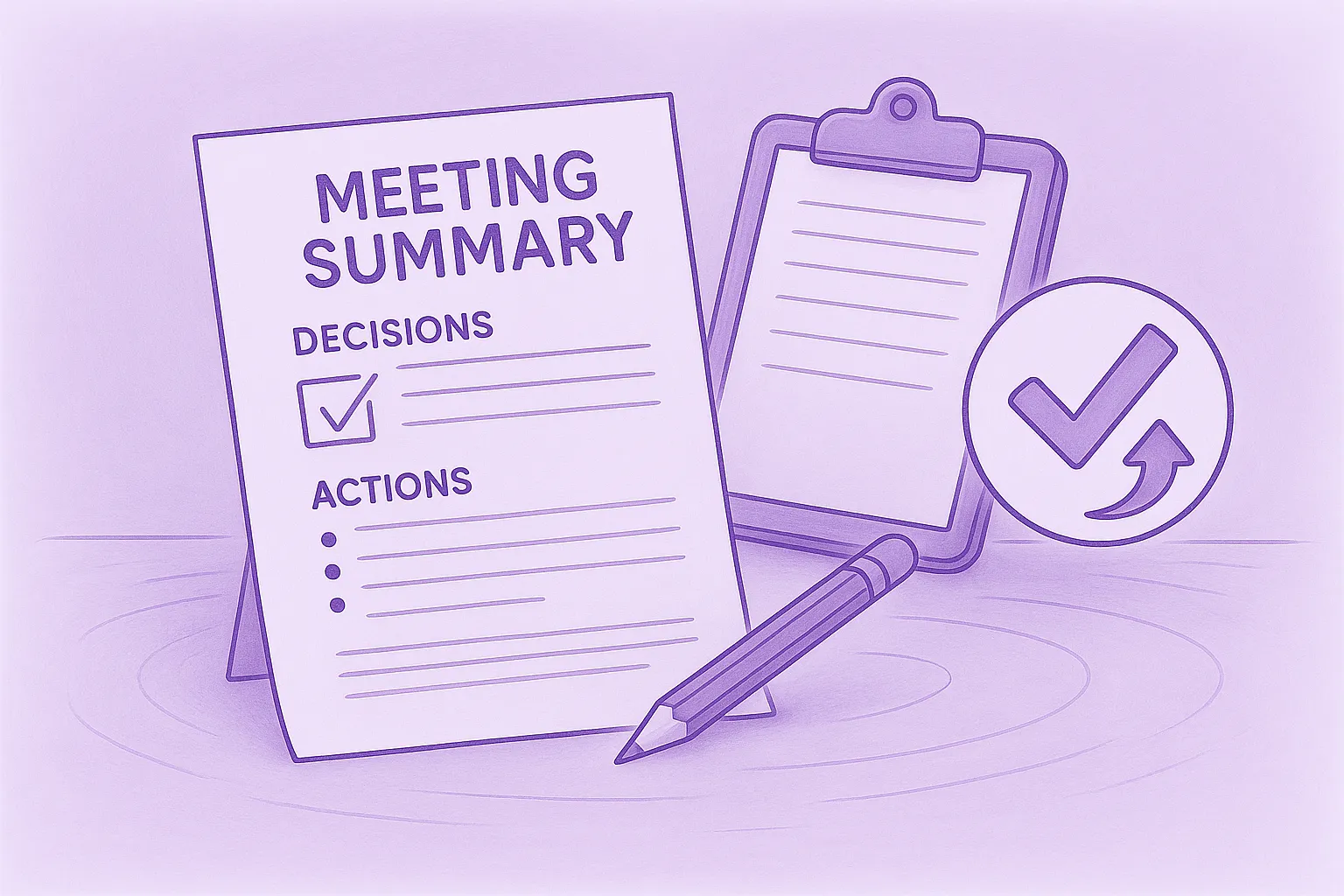


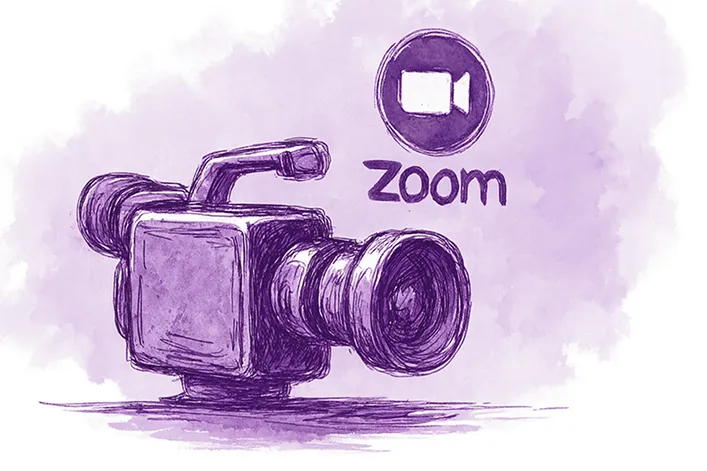
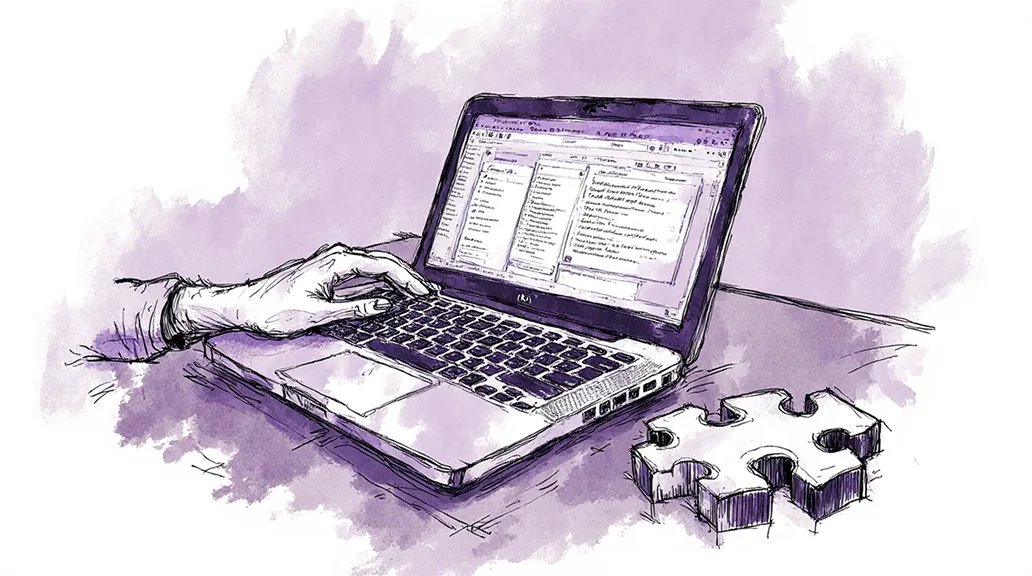














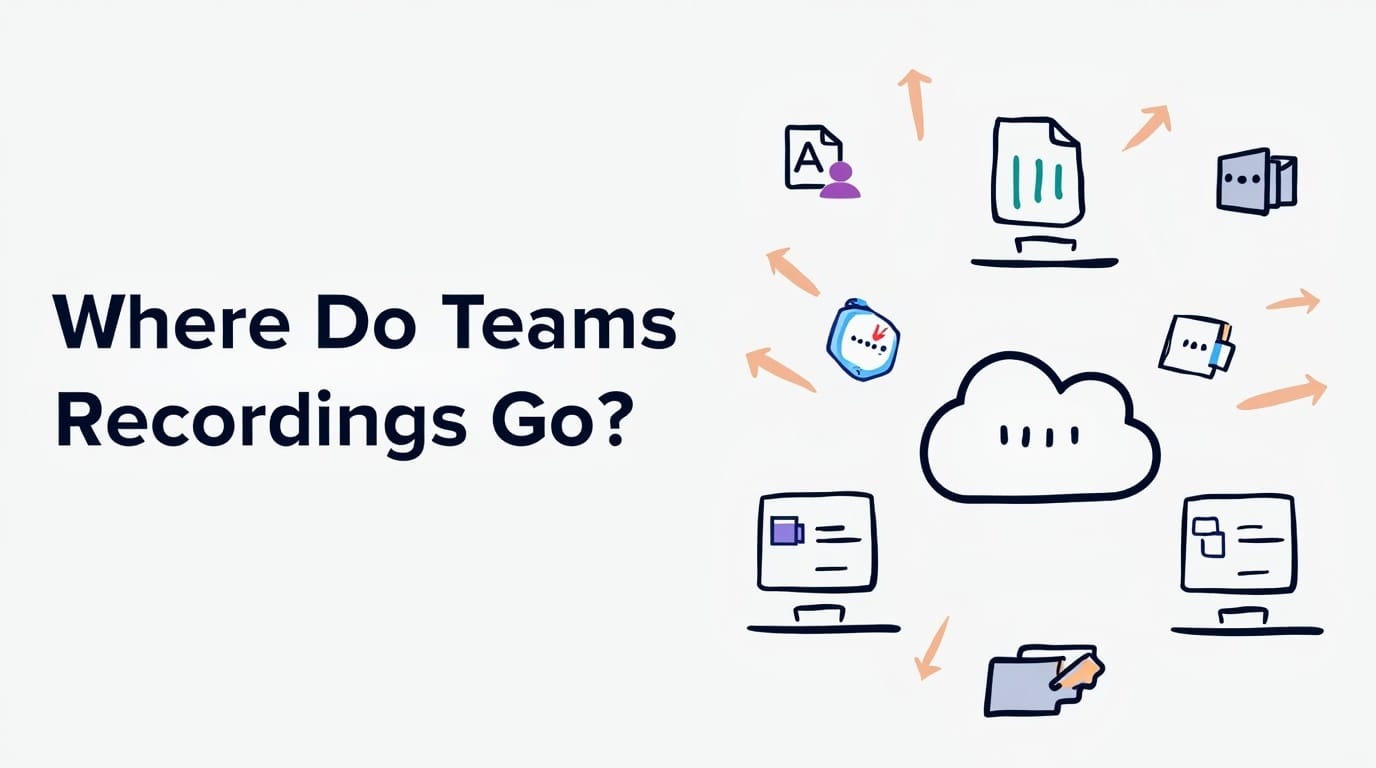

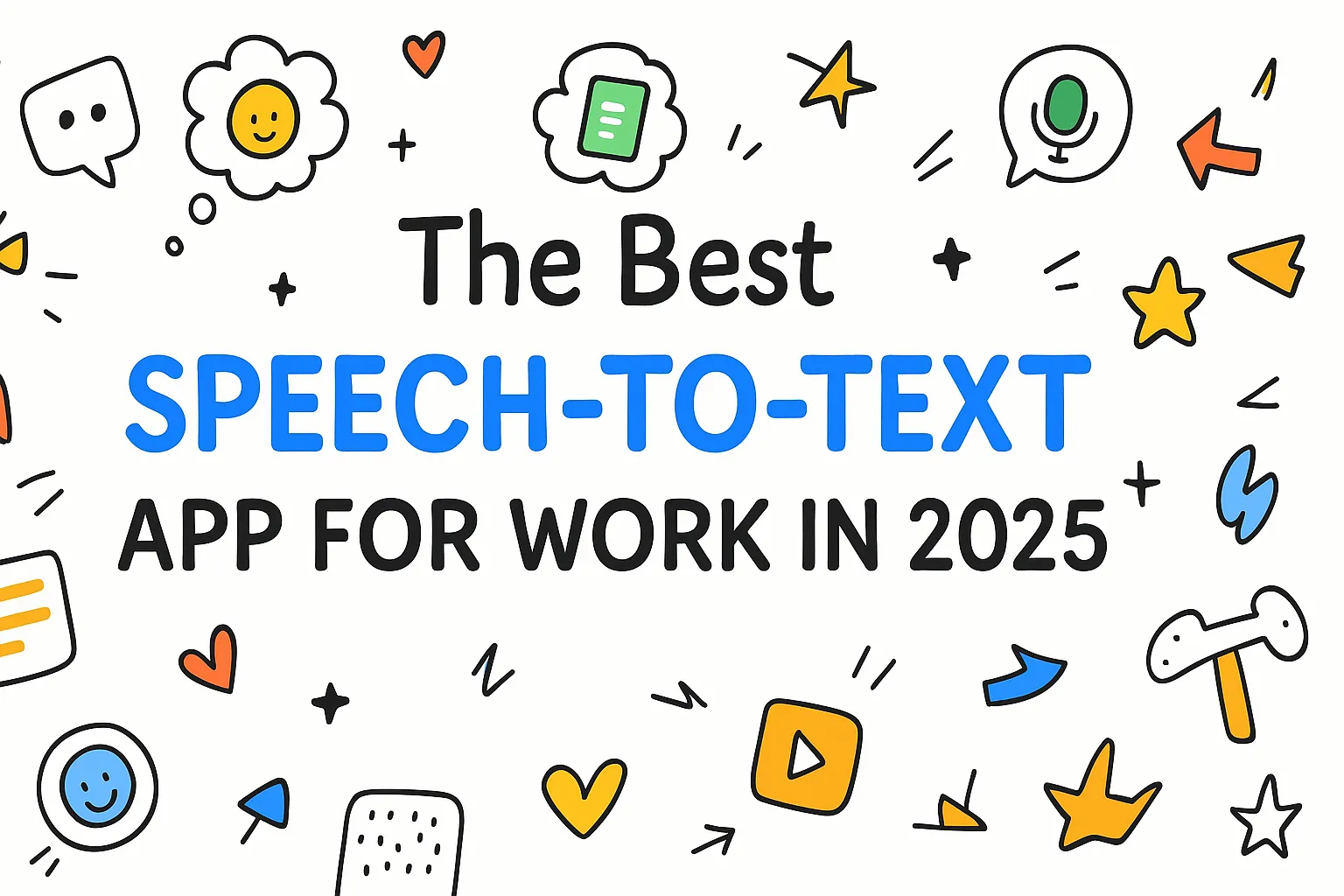





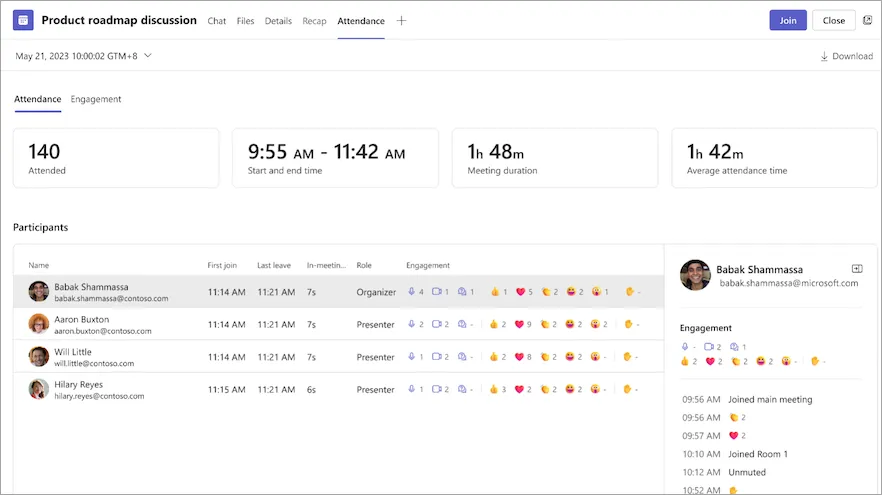

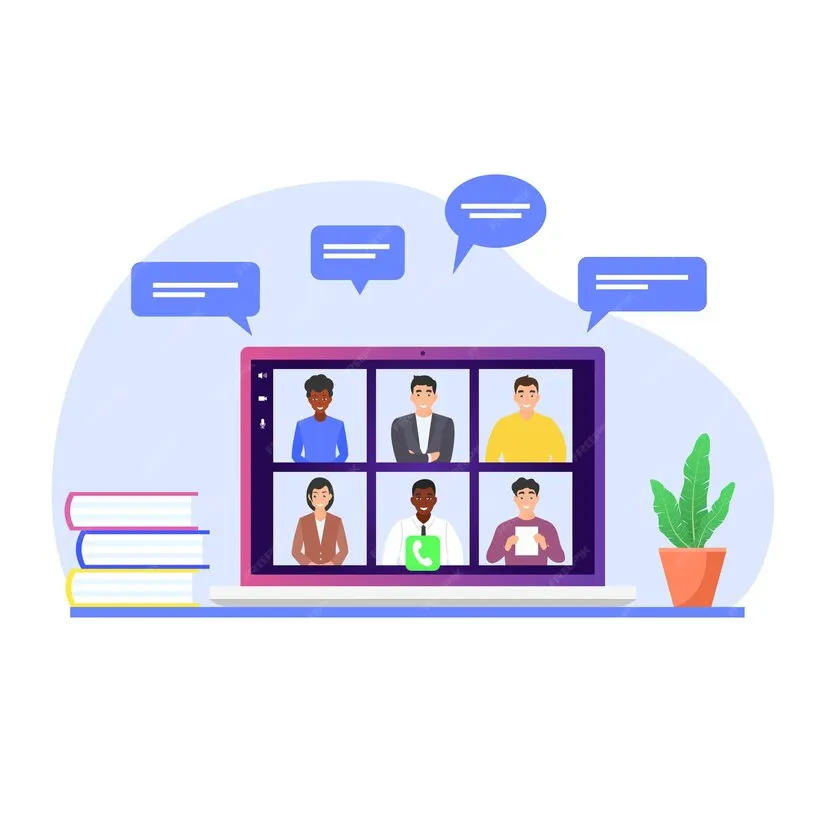







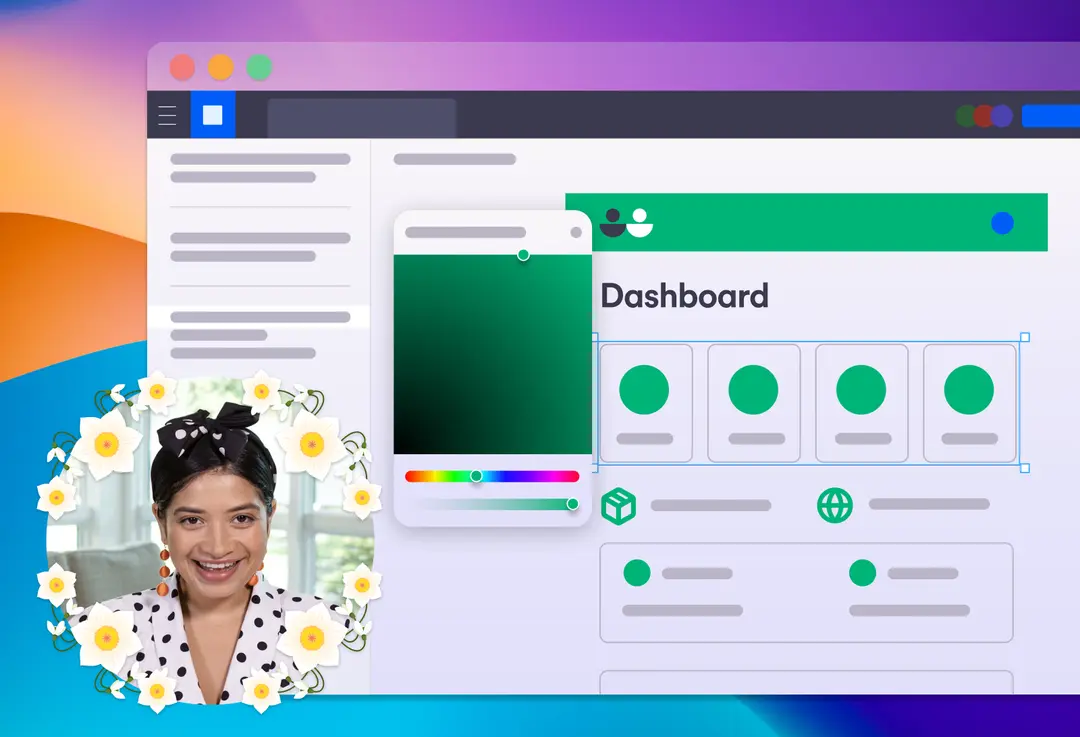
.webp)
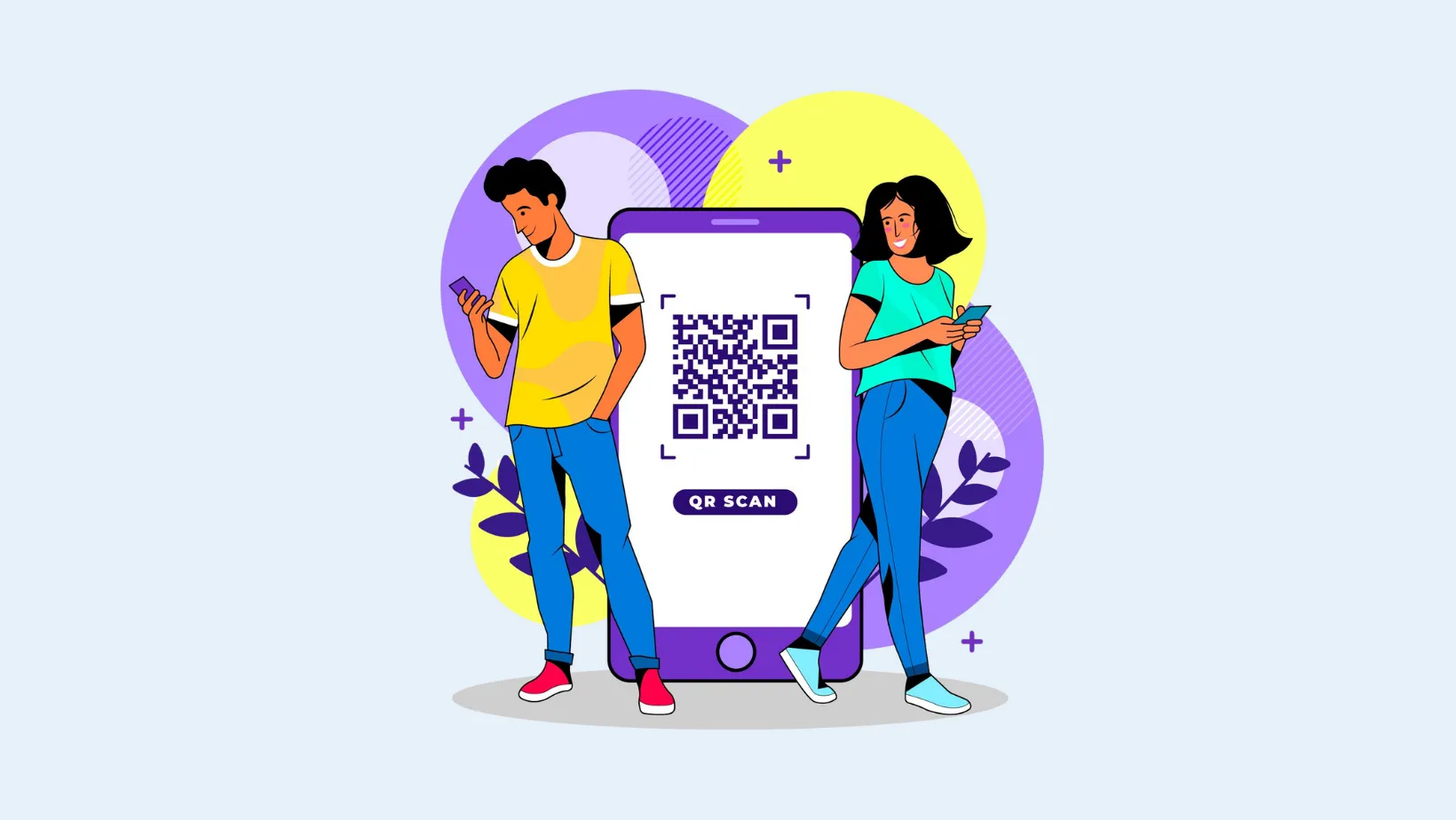

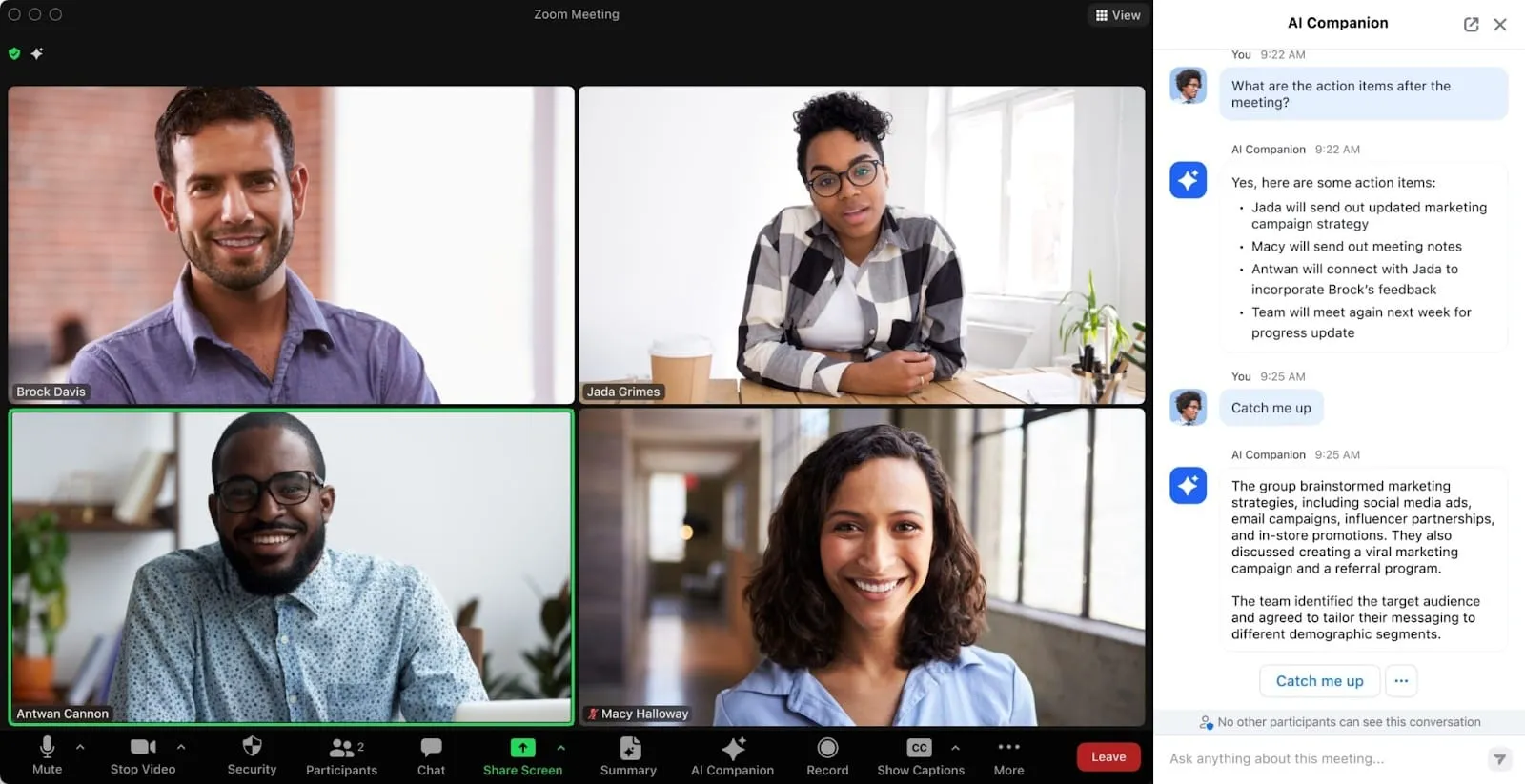




.webp)












.webp)











